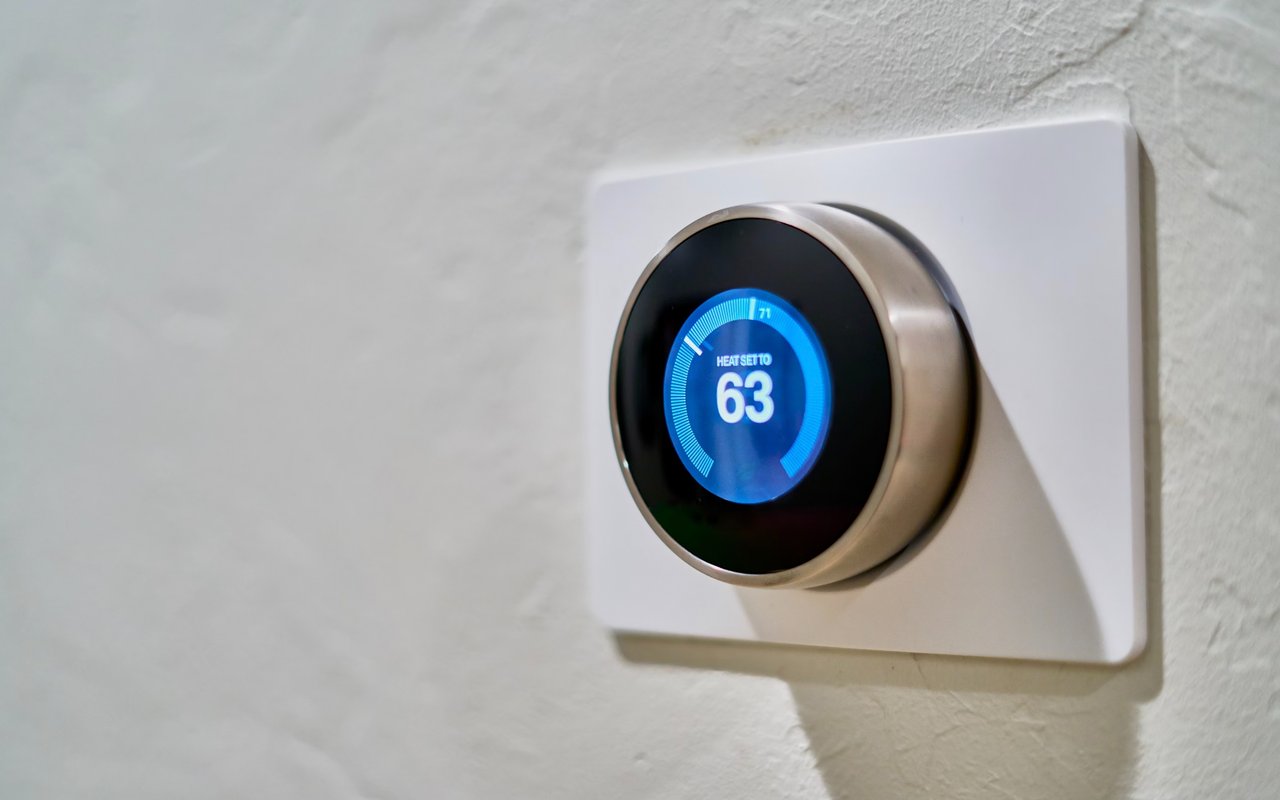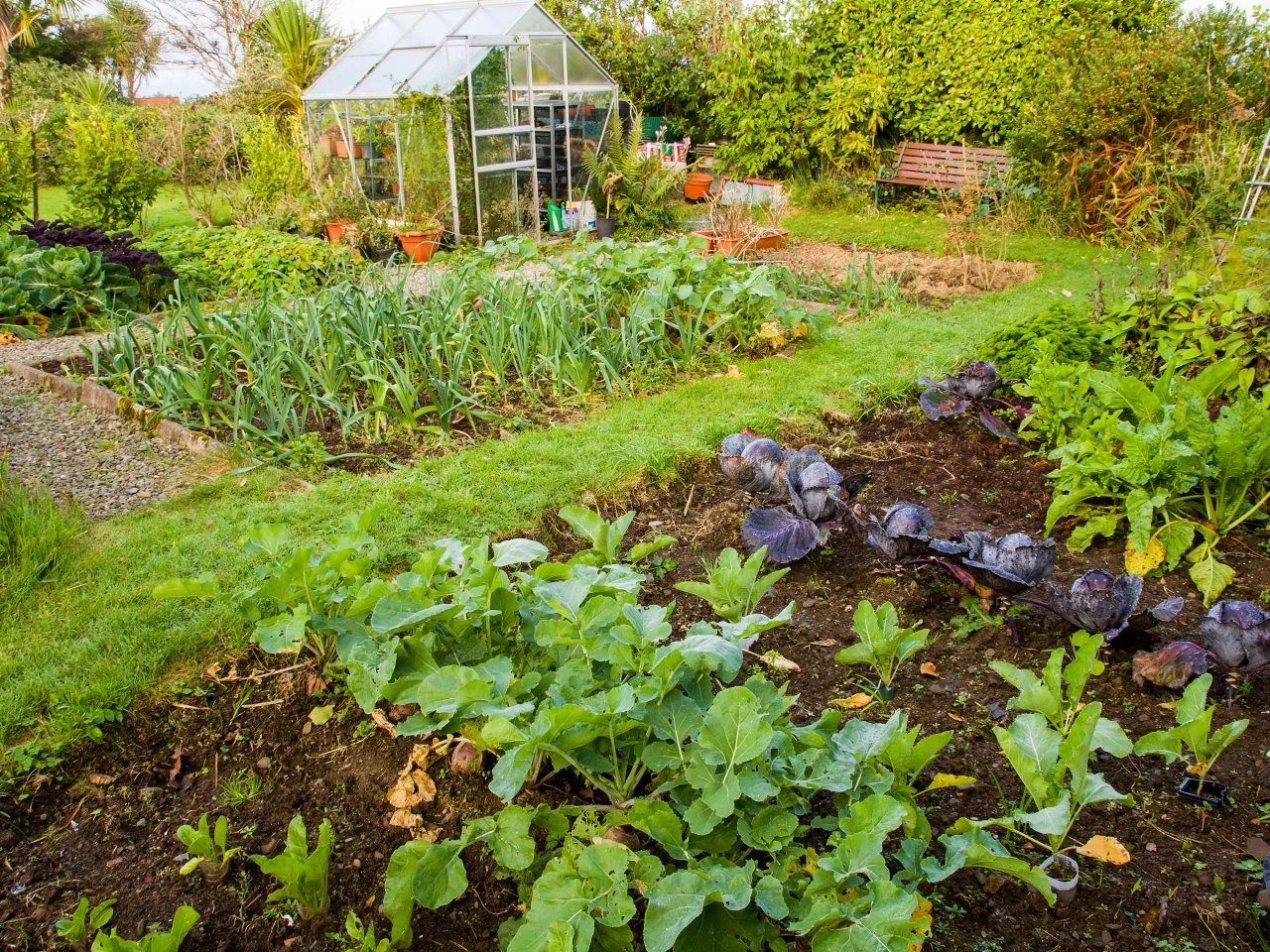With energy costs rising and concerns about environmental sustainability growing, making your home more energy-efficient is both financially and ecologically rewarding. Fortunately, you don’t need a major budget overhaul to improve energy efficiency in your home. Many cost-effective upgrades and small changes can reduce your energy consumption and lower your utility bills without sacrificing comfort. In this guide, we’ll cover simple, affordable strategies to help you maximize energy efficiency in your home, ultimately saving you money while minimizing your environmental footprint.
Seal Drafts and Insulate
One of the most effective ways to reduce energy waste is to prevent drafts and improve insulation. Small gaps around doors, windows, and other areas of your home can let heat escape in the winter and cool air leak in the summer, causing your HVAC system to work harder and increasing energy costs.
- Seal Windows and Doors: Use weather stripping or caulk around windows and doors to eliminate drafts. Weather stripping is an affordable, easy-to-apply material that fills gaps, while caulk can seal any cracks or openings around window frames.
- Insulate Attics and Basements: Attics and basements are common sources of heat loss. Adding insulation in these areas can significantly improve your home’s energy efficiency. Fiberglass batt insulation is a budget-friendly option and can be a DIY project, depending on your comfort level. Focus on insulating attic floors, walls, and basement ceilings to prevent heat from escaping.
- Install Door Sweeps: Door sweeps are an inexpensive way to prevent drafts from coming in under doors, particularly for exterior doors. These small additions can keep warm or cool air inside and reduce your energy bills.
Upgrade to Energy-Efficient Lighting
Switching to energy-efficient lighting is one of the easiest ways to cut down on electricity costs. Traditional incandescent bulbs consume significantly more power than modern lighting options, which not only use less energy but also last longer.
- Replace Incandescent Bulbs with LEDs: LED (light-emitting diode) bulbs use about 75% less energy than incandescent bulbs and last up to 25 times longer. Although they are slightly more expensive upfront, their extended lifespan and energy savings make LEDs a smart investment.
- Use Compact Fluorescent Lamps (CFLs): CFL bulbs are another energy-saving option, using about 70% less energy than traditional incandescent bulbs. While LEDs are more efficient, CFLs can be a more affordable alternative.
- Take Advantage of Natural Light: Whenever possible, make use of natural light during the day by opening curtains and blinds. Reducing reliance on artificial lighting can save energy and also provide a pleasant, naturally lit environment.
Install a Programmable or Smart Thermostat
Heating and cooling can account for a significant portion of household energy costs. Using a programmable or smart thermostat allows you to control your HVAC system more efficiently by adjusting temperatures based on your schedule, which can lead to substantial energy savings over time.
- Set Temperatures for Different Times of Day: A programmable thermostat lets you set different temperatures for various times of day. For instance, you can lower the heat at night or when no one is home, then raise it in the morning or evening when you’re back.
- Upgrade to a Smart Thermostat: Smart thermostats go beyond basic programming by learning your temperature preferences and automatically adjusting to reduce energy waste. Many models can be controlled remotely via smartphone apps, giving you the flexibility to adjust the temperature while you’re away from home.
- Maintain Consistent Temperatures: Avoid constantly adjusting the thermostat throughout the day, as this can cause your HVAC system to work harder. Setting it and leaving it allows for steady, efficient operation.
Regularly Maintain Your HVAC System
Your HVAC system works hard to keep your home comfortable, but it needs regular maintenance to function efficiently. Neglecting basic upkeep can lead to energy waste, higher bills, and a shorter lifespan for the system.
- Change Air Filters Regularly: Dirty air filters restrict airflow and make the system work harder. Changing filters every 1–3 months can improve efficiency, reduce energy consumption, and improve indoor air quality.
- Schedule Annual Tune-Ups: A professional HVAC inspection and tune-up can catch potential problems early and ensure the system is operating at its peak efficiency. Many companies offer annual maintenance packages that include cleaning and performance checks.
- Use Ceiling Fans: Ceiling fans can complement your HVAC system by helping to circulate air. In the winter, set fans to rotate clockwise at a low speed to push warm air down, and in the summer, switch to counterclockwise for a cooling breeze.
Embracing Energy Efficiency for a Greener, Cost-Effective Home
Making your home more energy-efficient doesn’t have to be overwhelming or expensive. With these cost-effective strategies, you can reduce your energy consumption, lower utility bills, and reduce your environmental impact. Small changes like sealing drafts, switching to LED lighting, and upgrading to low-flow fixtures are simple yet effective ways to save energy. For those ready to make larger investments, renewable energy options like solar panels offer long-term rewards. Embrace these energy-efficient practices, and enjoy a more sustainable, budget-friendly, and comfortable home year-round.
When you're ready to partner with a reliable and trustworthy real estate agent, look no further than Roseann Benedict. With nearly 20 years of experience in the industry and a proven track record of success, The Roseann Sarica Benedict Team understands the intricacies of the real estate market. Her professionalism, exceptional customer service, and extensive knowledge of the local Greenwich, Connecticut market will guide you through your home-buying journey. Contact Roseann Benedict today and let her expertise and dedication lead you to your dream home.




